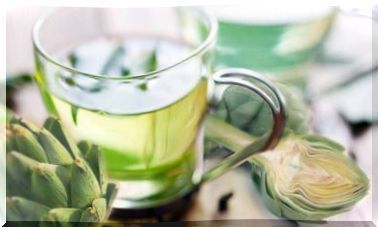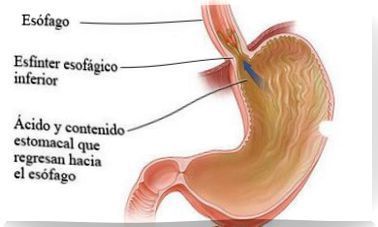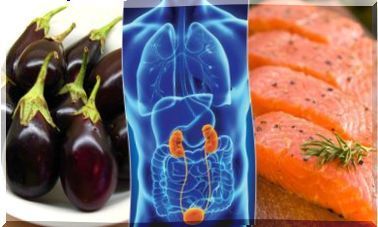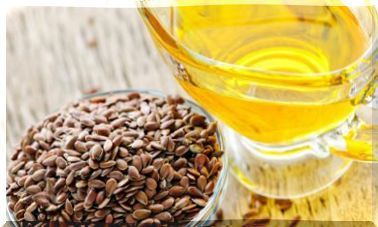Fruit Smoothies That Do Not Cause Glucose Peaks
If we are diabetic we must be very careful when preparing our fruit smoothies, since we must monitor the type of ingredients we add to avoid glucose peaks.
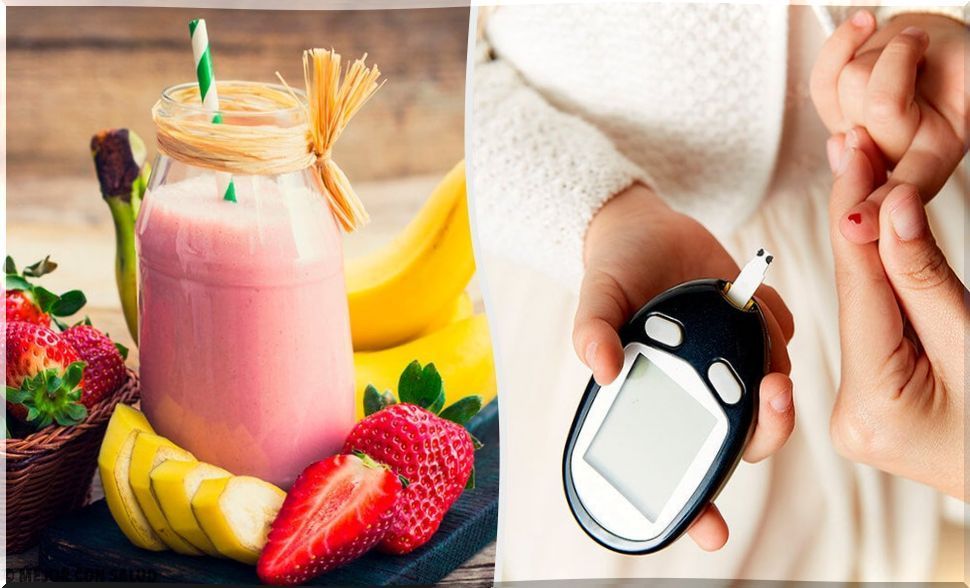
We know that fruit shakes are a good source of nutrients, they’re easy to make, and most are delicious. However, when you are diabetic, you are faced with the dilemma of whether you should have them in your diet or not.
The reason is that in most smoothies two or more fruits are combined. This is a risk if we take into account that the sugar contained in the fruits is released with the blending process and its effect is greater.
However, that doesn’t mean you can’t have a shake. Next we will tell you what guidelines you should follow to prepare fruit smoothies that do not cause glucose spikes.
Tips for preparing your fruit smoothies:
1. Watch the portions
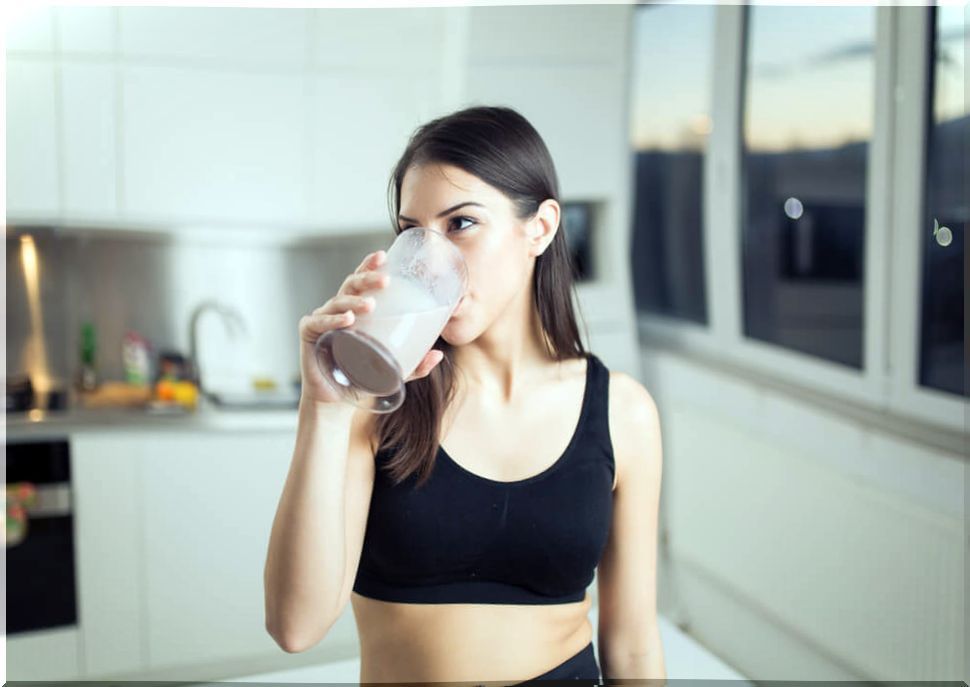
All people, diabetic or not, should pay attention to the amount of shake they consume. It is advisable to consume about a glass (200 ml) and that it has between 175 and 450 calories.
Also, the higher the calorie content of the shake, the less extra food you should consume at that meal.
- This means that if your shake has 450 calories, you should not eat anything else .
- On the other hand, if they only have 175, you can add another food to the menu.
In case you prefer to prepare large quantities because you do not like wasting fruit or want to save time, once you have the smoothie done you can divide it into several containers and freeze.
In this way, you continue to consume the correct amount without problems.
2. Make balanced shakes
A balanced meal is made up of carbohydrates, proteins, and fats . Since a shake serves as a meal replacement, it must contain the same ingredients to avoid nutritional imbalances.
When it comes to creating fruity smoothies that don’t spike glucose, there are no perfect ingredients. However, a good combination includes:
- Fruit.
- Healthy fats (nuts or seeds).
- 1 to 2 servings of vegetables.
- Protein ( yoghurt , milk, tofu, etc.).
3. Remember that some ingredients provide extra elements
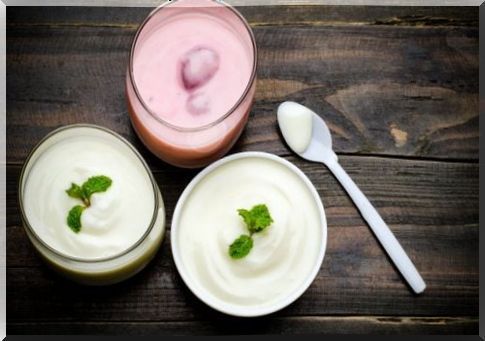
When preparing your fruit smoothies remember to check the labels of processed foods. Surely your nutritionist has indicated the need to do carbohydrate counting.
But, have you noticed the extra elements that products like commercial yogurt or milk contain? Some contain sugars that increase the risk of glucose spikes.
Ideally, you should prepare your shakes at home and that you do it with foods that you know their nutritional content. . For example, if the milk you use regularly has added sugar, you may need to adjust the amount of fruit or decrease the amount of seeds.
4. Give preference to red fruits
Red fruits are excellent for fighting inflammation and providing antioxidants. What’s more, have very low levels of sugar, which are supplemented with high levels of fiber and vitamin C.
These are the best fruits to create these types of fruit smoothies, especially if they are accompanied by proteins and healthy fats.
If red fruits are not affordable or you cannot find them easily, choose fruits that are low in sugar. A good option is apple, as it is inexpensive, it comes with varied flavors and it is very nutritious.
5. Opt for complex carbohydrates
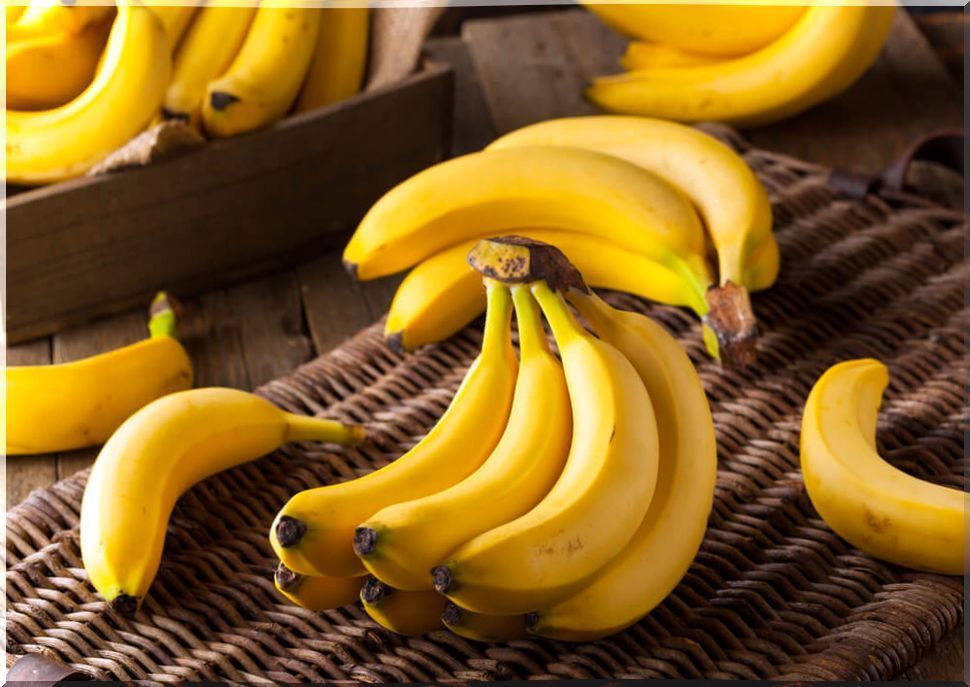
Among the most common reasons for glucose spikes is choosing carbohydrates of low nutritional index or excess of fruits. In many shakes not intended for diabetics it is common to find that banana is included as a source of energy.
- Although banana is healthy, it is high in sugar. To avoid the risks, limit your consumption to half a banana and eliminate the other fruits.
- Another option is to swap it for carbohydrates with a neutral flavor and a pleasant consistency like unsalted white beans or chickpeas.
Is it weird to you? Well, although they are two foods that we usually consume salty, provide high amounts of fiber and make you feel full with less food .
Some alternatives are:
- Cooked and frozen cauliflower (140 g).
- Chickpeas cooked and without salt (120 g).
- Natural almond milk (125 ml).
- Peanut butter (20 g).
- ½ banana.
6. Don’t forget green leafy vegetables
Are you one of those who prefers to stay away from green leafy vegetables? In that case, you should know that fruit smoothies without glucose peaks always include them.
These kinds of vegetables, like spinach and kale, provide potassium , vitamin K and a minimum of sugar . The recommendation is that you vary the type of vegetable you use so as not to get bored with the flavors.
7. Include seeds regularly
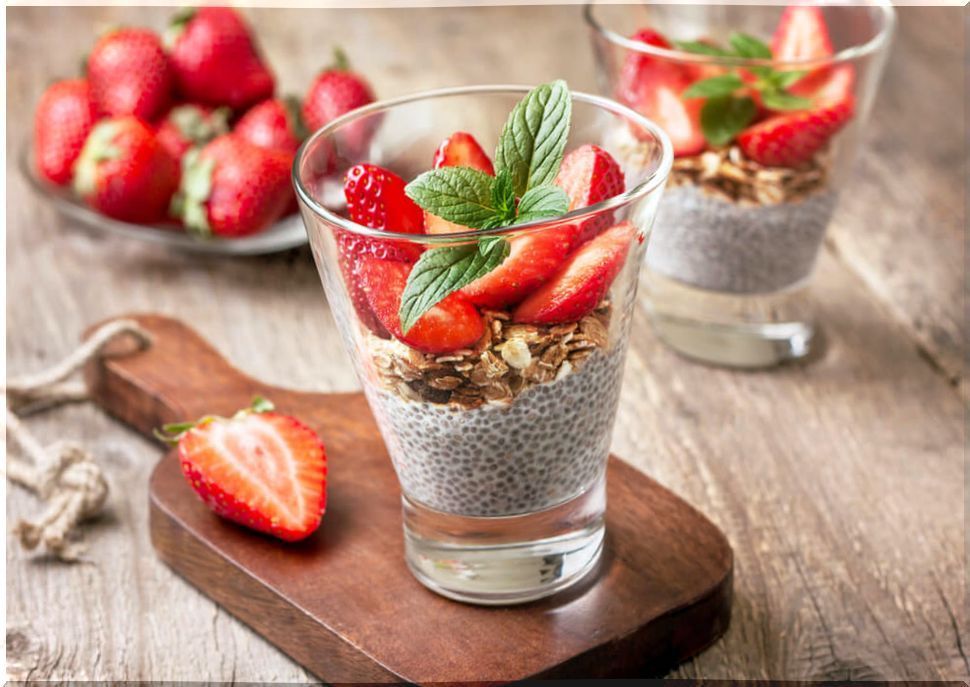
Seeds like chia or flaxseed They are excellent sources of omega 3, have anti-inflammatory properties and provide unsaturated fats.
In addition, due to their amount of protein and fiber, by consuming them you help your intestinal transit to be better and avoid glucose peaks. Some available options are:
- Chia or hemp seeds (15 g).
- Flax, sunflower or pumpkin seeds (30 g).
How about? It really is not complicated to prepare these fruity smoothies. Create some and share your recipes with us.
